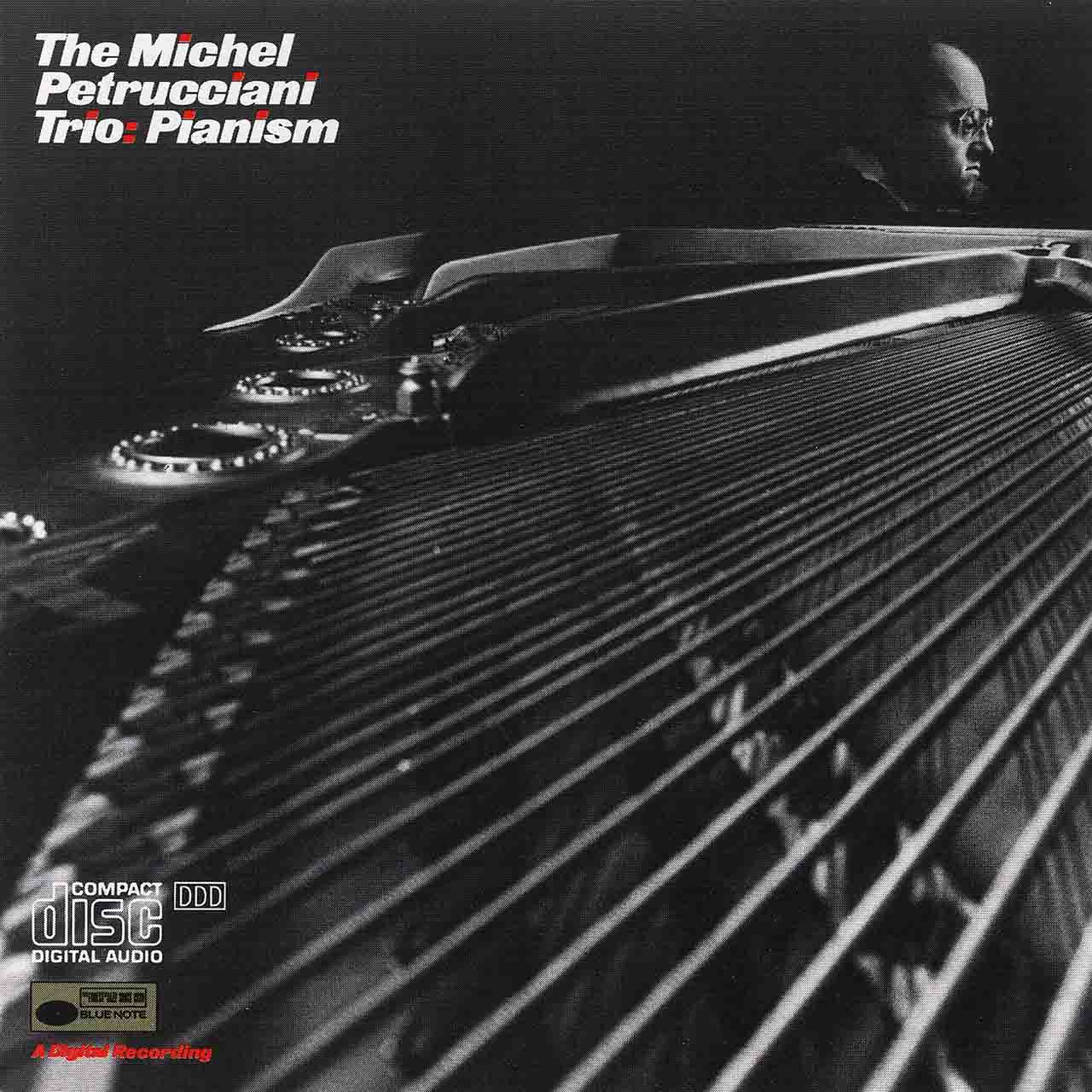The late music executive Bruce Lundvall made a promise in the 1970s that “if one day I become president of a big label, the first artist I will sign will be Michel Petrucciani.” When he took over as president of the reactivated Blue Note Records in 1984, one of Lundvall’s first acts was to make Petrucciani – whom he described as “this amazing player; long lines, a beautiful, conceptual player, a creative player” – the first European signee to Blue Note. It was the start of a magnificent nine-year collaboration, during which the French pianist recorded seven albums for the hallowed imprint.
“I accepted without hesitation,” recalled Petrucciani, who was flown to America on the Concorde. “When I arrived in New York, I said, ‘Where do we sign?’ without even reading the contract, the conditions, nothing at all. I was so happy to be there, I didn’t ask myself any questions.” Lundvall, who died in May 2015, remained proud of his bold move: “Petrucciani became a bit of a phenomenon in his own way,” he said.
Listen to The Michel Petrucciani Trio’s Pianism now.
Petrucciani, a winner of the prestigious Prix Django Reinhardt in 1983, was well known in France by the time he signed to Blue Note. And he was eight days short of his 23rd birthday when he recorded his debut Blue Note album Pianism on December 20, 1985 at the Studio C of the RCA Studios in New York.
The album features four original Petrucciani compositions – “Our Tune,” “Face’s Face,” “Regina,” and “The Prayer” (the longest tune on the record at 11 minutes), and interpretations of the Cole Porter classic “Night and Day” and “Here’s That Rainy Day,” a hugely popular song from the 1950s which was written by Jimmy Van Heusen and Johnny Burke.
Petrucciani recorded the album as part of a trio, assisted by double bassist Palle Danielsson and drummer Eliot Zigmund. Danielsson had been a longstanding member of Keith Jarrett’s quartet and had played with Konitz and Petrucciani’s piano hero Bill Evans. Zigmund, meanwhile, also played regularly with Evans. When the trio went into the studio in December, they had just completed a six-week, 32-concert tour, which had cemented a marvelous mutual musical understanding.
The production of the album, however, wasn’t without incident. Mike Berniker – a former college roommate of Lundvall – asked Petrucciani to record a version of the Superman theme. “I said ‘no, no and no, I can’t do something like that’, and I called Bruce Lundvall to tell him there was no way I was going to do that,” recalled Petrucciani. “He came to the RCA Studio, in New York, and it worked out in the end.” Bill Evans – the connective tissue between Danielsson and Zigmund – had an undeniable influence on the proceedings. You can hear Evans in some of the chord structures of the tunes. Petrucciani’s own compositions, meanwhile, allowed his gift for two-handed melodic invention to flourish, using the Steinway piano he always favored. “I don’t believe in geniuses,” he said. “I believe in hard work,” but, in truth, his playing was a reflection of both qualities.
Although Petrucciani had been making records since 1980, in many ways, Pianism was a breakthrough album for the pianist and the beginning – with Blue Note – of a journey of musical discovery.



